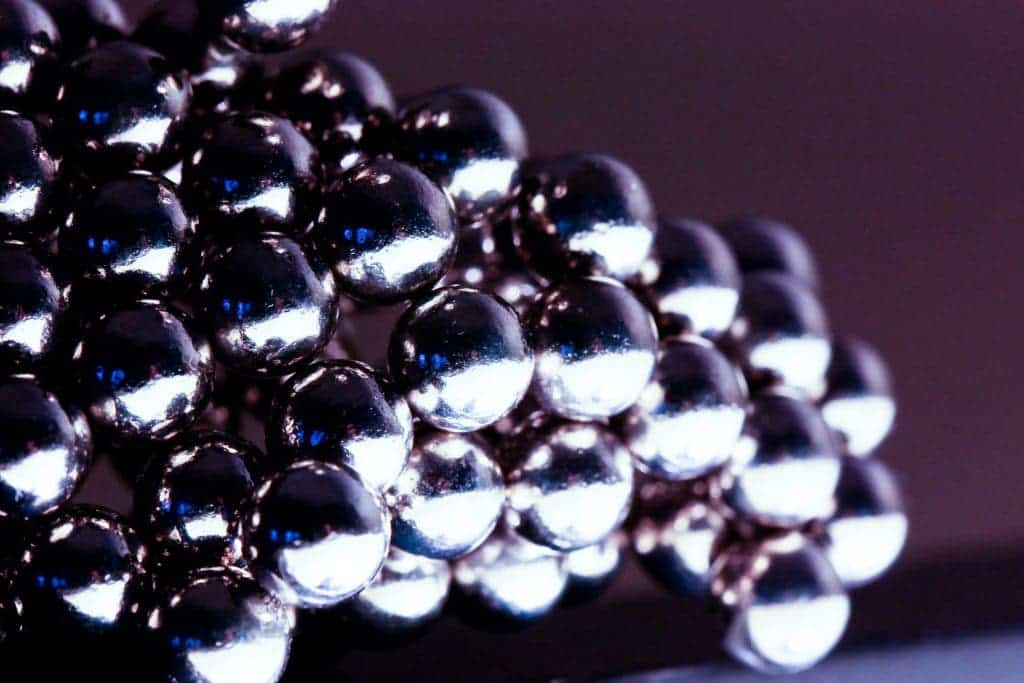Magnets are a key part of modern industry and our daily lives and have become essential in many devices such as electronics and medical devices. All, though, are rigid. But that’s now set to change thanks to a new scientific discovery.

A team of scientists at Berkeley Lab developed a technique for 3D-printing structures out of liquid, which could lead to a revolutionary class of printable soft devices for a variety of applications – from artificial cells to flexible liquid robots.
“We’ve made a new material that is both liquid and magnetic. No one has ever observed this before,” said Tom Russell, a visiting scientist at Berkeley Lab and professor at the University of Massachusetts. “This opens the door to a new area of science in magnetic soft matter.”
Russel worked for the past seven years on developing a new class of materials, 3-D-printable all-liquid structures. One day, Russell and the current study’s first author Xubo Liu came up with the idea of forming liquid structures from ferrofluids — solutions of iron-oxide particles that become strongly magnetic.
They used a 3-D-printing technique to print droplets from a ferrofluid solution containing iron-oxide-nanoparticles. The iron oxide nanoparticles crowded towards the surface of the droplet, forming a shell at the interface between the water droplets and the oil suspension.
Then they placed the droplets near a magnetic coil to magnetize them. Just like ferrofluid, the iron oxide particles were attracted to the magnet. So far, all normal. But when the researchers moved the magnetic coil away, it got less normal.
When ferrofluid is removed from the presence of a magnetic field, the nanoparticles fall into disarray, and the fluid just becomes sort of blobby. But with this new liquid, the nanoparticles started spinning towards each other in unison, like synchronized swimmers. They had retained their magnetism.
The team continued to investigate and found that exposing the liquid to a magnetic field causes the magnetic poles of the nanoparticles to align in the same direction. But when the magnetic field is taken away, there’s no room for the surface particles to drift because they’re jammed so closely together.
Liu and Russell plan to continue research at national labs in the US to develop even more complex 3-D-printed magnetic liquid structures, such as a liquid-printed artificial cell, or miniature robotics that move like a tiny propeller for noninvasive yet targeted delivery of drug therapies to diseased cells.
The research has been published in Science.
Was this helpful?



